
What is Hydrophobicity and Hydrophilicity?
The hydrophilicity or hydrophobicity of different surfaces depends on their chemical composition and structural geometry. This feature of the surfaces plays a significant role in our nature and daily life. If water beads up into droplets and does not spread evenly across the surface, it is called a hydrophobic surface. On hydrophobic surfaces, the contact angle of water droplets with the surface is larger than about 45º.
In contrast, if a water droplet placed on the surface is evenly distributed with a small contact angle with the surface, it is called a hydrophilic surface. In most cases, surface hydrophilicity increases due to the presence of hydrophilic groups such as hydroxyl (OH), carboxyl (COOH) and carbonyl (CO) on the surface.

Hydrophobicity/Hydrophilicity Coatings
Surface modification with low-surface-energy materials is a typical technique to control the hydrophilicity of solids. For example, surfaces with a high degree of hydrophobicity are produced using nano-structured polymers. Carbon is one of the materials that has been considered in the microelectronics industry due to its environmental friendliness and good economic efficiency. Both the carbon thin film deposited by evaporation from a carbon fiber or rod, and the carbon thin film deposited by sputtering from a graphite target, is amorphous. Amorphous carbon layer has hydrophobic properties that can be increased or decreased by different methods according to the intended application.
Applications of Hydrophilic/Hydrophobic Surfaces
Hydrophilic and hydrophobic surfaces have many applications in scientific research and industry. Some of the important applications of these surfaces include:
- Textile industry
- Filter media coatings
- Microfluidic devices (You can read more about Plasma Treatment in Microfluidics here)
- Protective coatings
- Self-cleaning surfaces
- Improving absorption of biomolecules
- TEM grids preparation
TEM Grids Preparation
One of the applications of the hydrophilic carbon thin films is in the preparation of Transmission Electron Microscope(TEM) grids. In this case, the carbon layer needs to be converted to a hydrophilic layer, where plasma is used to increase hydrophilic groups on the surface.
Hydrophilic Coating Process
Applying an oxygen plasma on a surface, the oxygen ions react chemically with the surface, allowing the adsorption of functional groups that alter the surface properties. However, argon plasma does not have any chemical reaction with the surface and removes surface contaminants and increases the surface roughness depending on the plasma energy. This leads to modifications of the surface energy level, which changes the surface hydrophilicity.
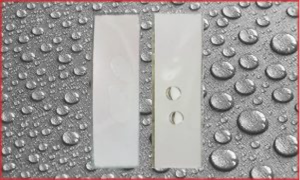
Vac Coat Carbon Coating Systems with Plasma Cleaner
Devices used to prepare TEM grids by carbon coating, can also be used for increasing the hydrophilicity of the deposited carbon thin film by applying plasma. A number of different models of Vac Coat systems allow the user to coat carbon thin film, such as the DSCR, DSCT, DCR, and DCT models.
These models can be supplied with the Plasma Cleaner feature to complete the efficiency of these models in the process of preparing TEM grids.
In addition, using plasma cleaner before starting the deposition process treats the substrate surface in a way that improves the quality of the deposited layer and increases its adhesion to the substrate. The previously equipped models with plasma cleaner, have been used by many users with satisfactory results. Please visit our site for more information.
References
- Esmail, Asiyah, et al. “Oxygen plasma treated-electrospun polyhydroxyalkanoate scaffolds for hydrophilicity improvement and cell adhesion.” Polymers 13.7 (2021): 1056.
- https://en.wikipedia.org/wiki/Hydrophobe
- https://plasmatreatment.co.uk/pt/plasma-treatments/plasma-coatings/hydrophilic-plasma-treatment


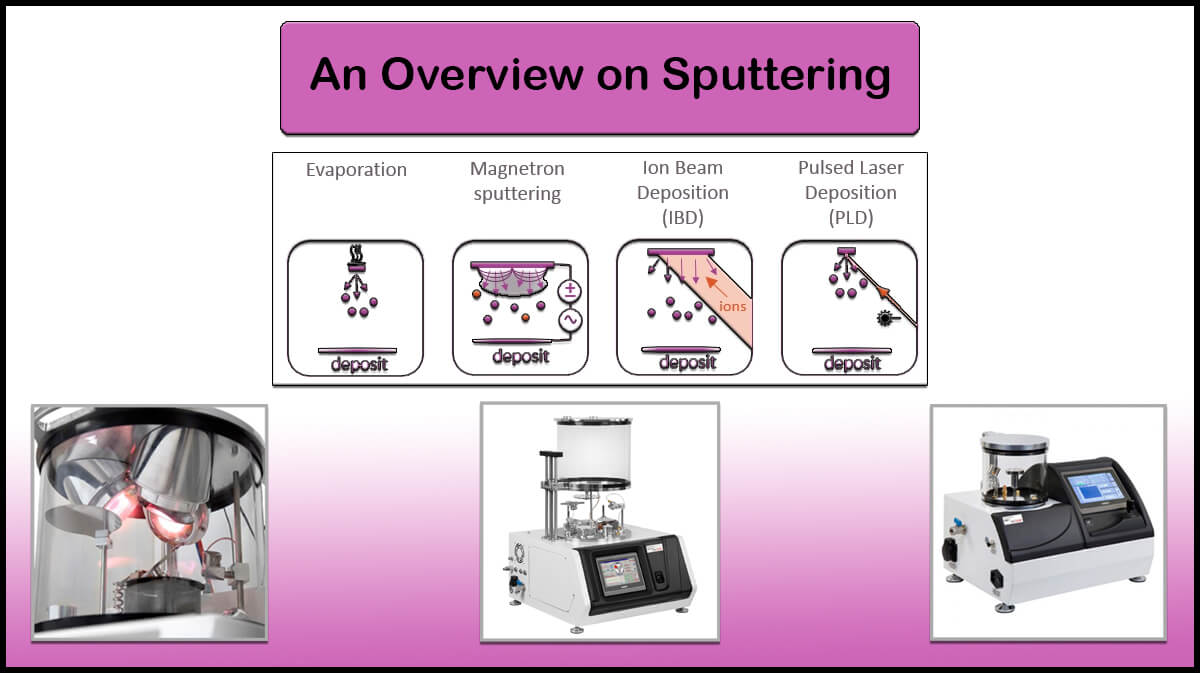



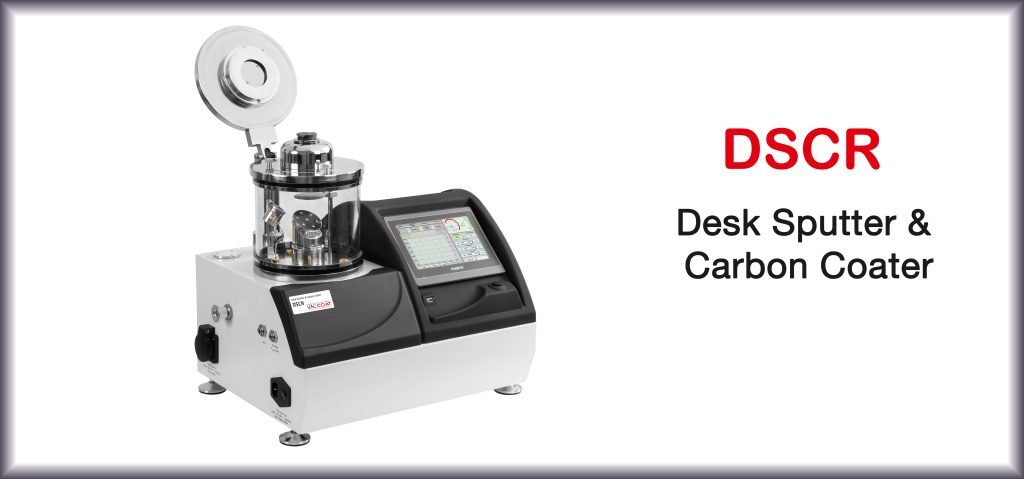
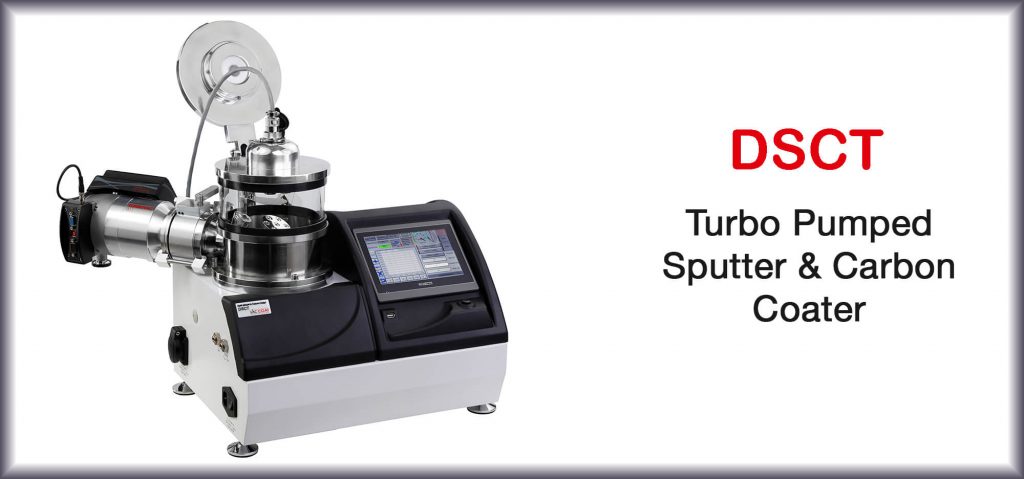
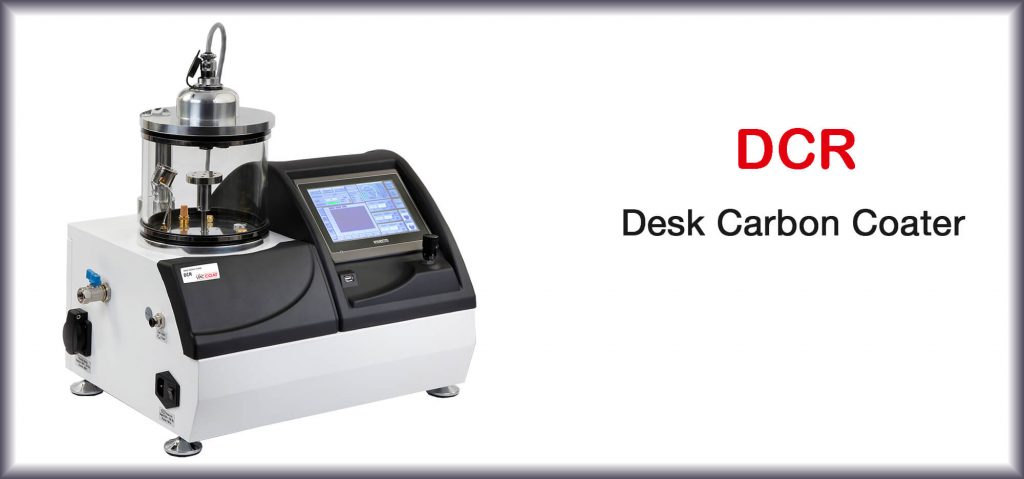
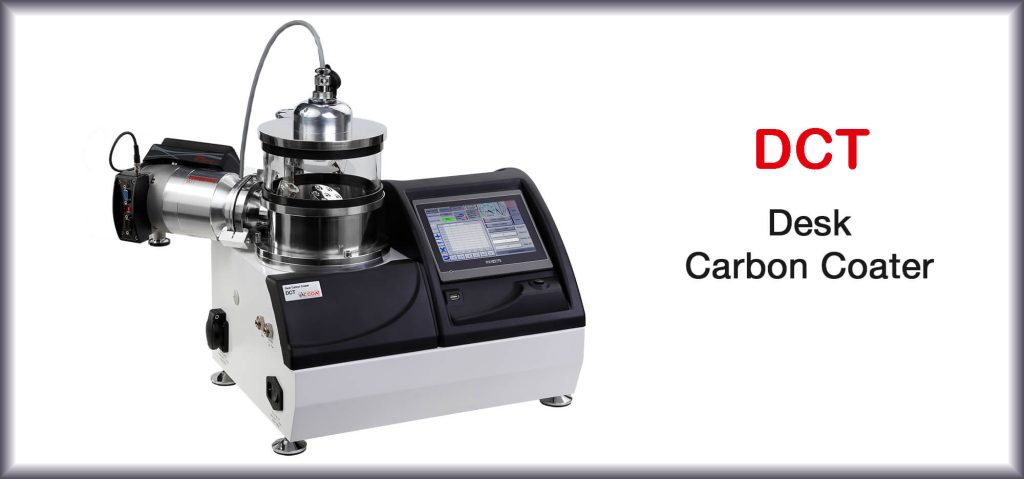
Can the hydrophobic silicon wafer switch to Hydrophilic with plasma treatment only without using Piranha Solution?
Yes, by optimizing the treatment conditions and selecting the suitable gas for plasma formation, like oxygen, it is possible to obtain a hydrophilic layer. But, you should consider that the surface treatment retains the hydrophilic properties for a short time (less than 15 minutes), and once the layer is contaminated in the air, its wettability will decrease.